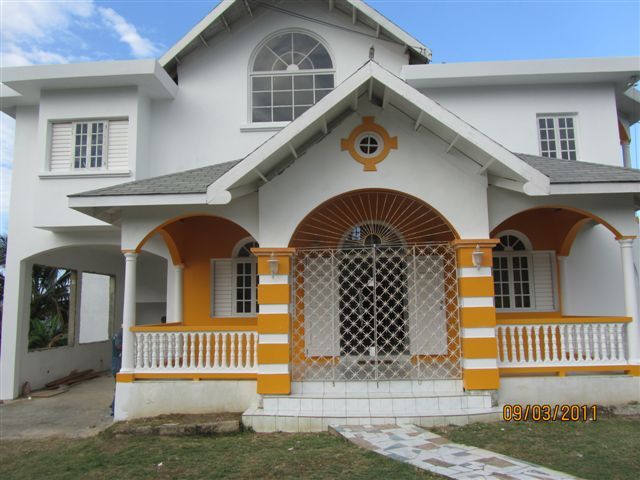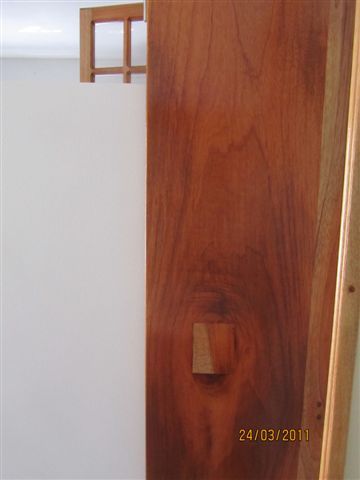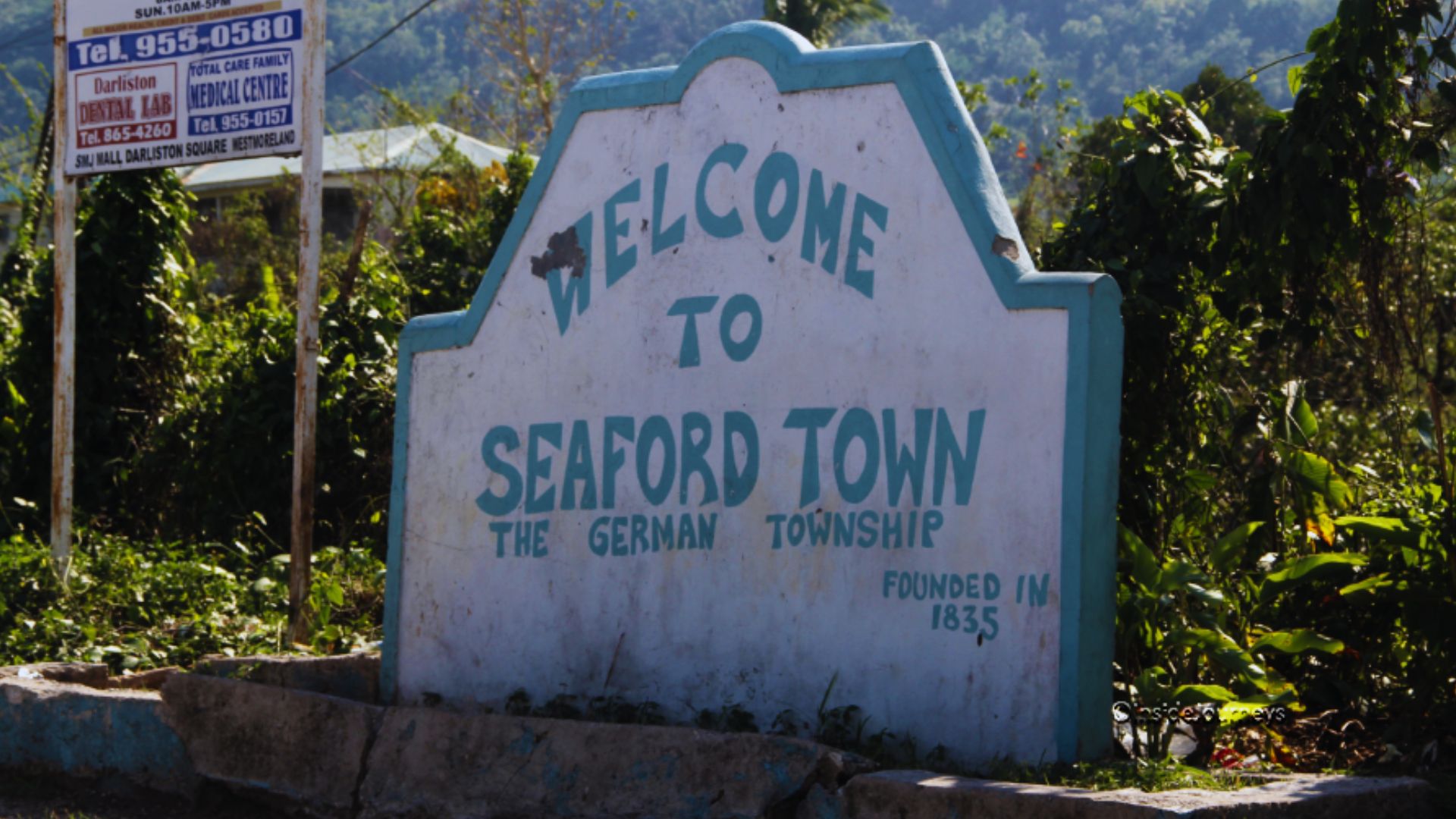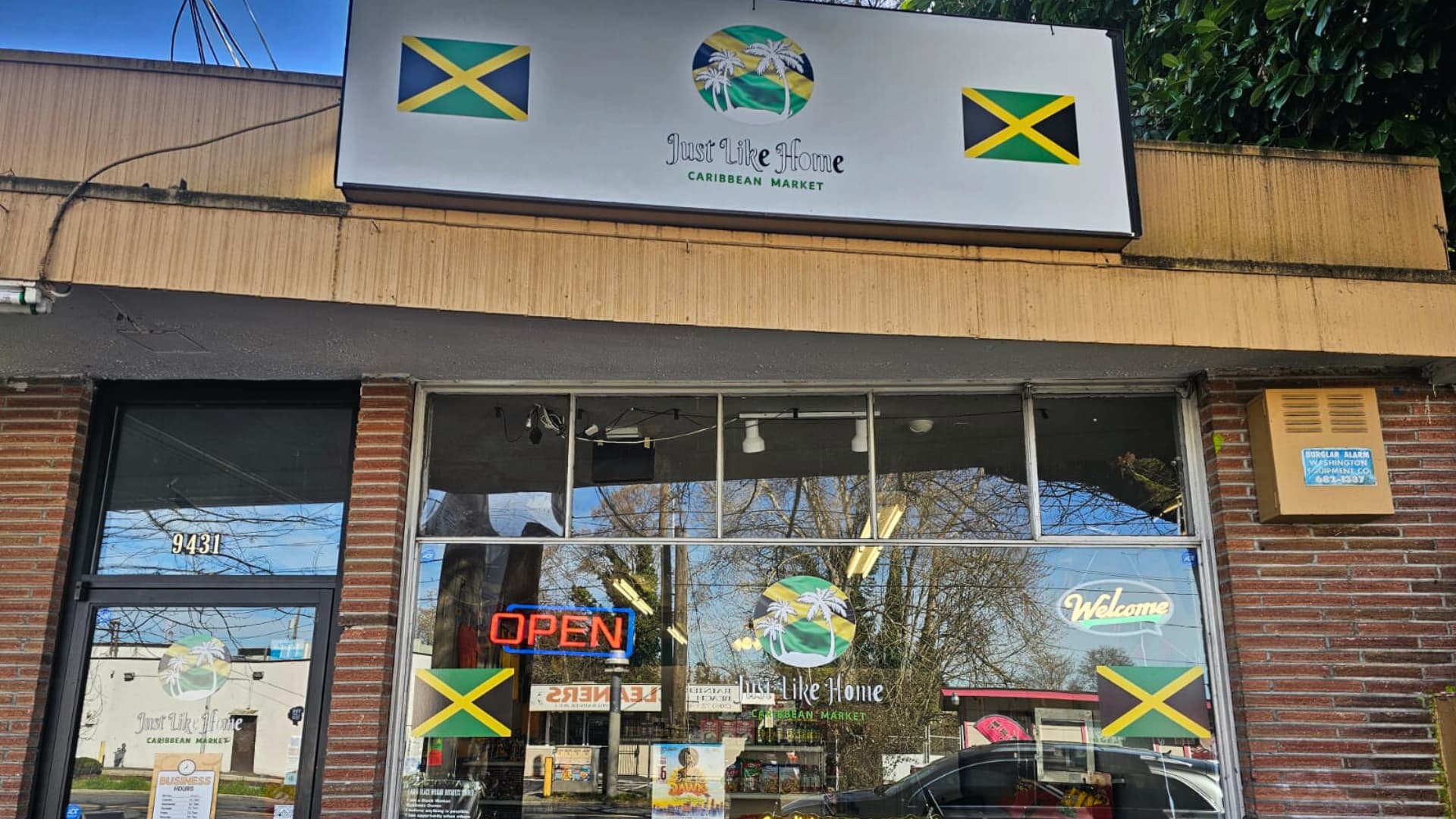Last month in Part 1, I explained the steps one must take to begin to build a home. I also spoke of some of the experiences I have had with contractors. This month I will point out some of the flaws in my friend’s house as well as my own.
I have personally been involved with each one of the situations I wrote about last month. The following imperfections already existed from the original construction of my friend’s house. The most obvious fault lay with the windows. All the windows in this house are hinged on the sides thus allowing the windows to swing outwardly. Many of the casings built for the windows were of irregular shape instead of being perfect rectangles. The gaps created by these irregularities are large enough to see through and allow both bugs and rain into the house. The custom built windows were made well but the contractor installed every one of them backwards. The keen observer can easily detect from the design of the window frames that the windows were in fact installed incorrectly. What drew my attention to the window situation were all the rusty nail marks on the outside which are exposed to the salty air. Had these windows been installed properly there wouldn’t have been any rusting. The improperly installed windows also caused water to be retained around the frames thus rotting out several of the casings.
The spiral staircase I talked about earlier was very poorly constructed. The stairs are made of cement and have tiles on the steps and risers. However, the height of the risers vary from 6 inches to 8 1/2 inches while the final riser at the top of the steps is only 2 1/2 inches.
These imperfections are not limited to this one house. I have a lavatory vanity which is flush and squarely against the bathroom wall but for some unknown reason, the faucet was installed a skewed. I also have a hallway on the first floor that has a 2 inch step down on from one section to the other, but the floors on the two adjacent rooms adjacent to the hallway are of the same height. It doesn’t appear to be any apparent reasoning for the 2 inch difference in height as the higher section begins as a step up coming from the garage.
I have mentioned all of these things to point out some of the difficulties someone would incur in building their own home. Should you decide to be your own general contractor you would need to be very knowledgeable in all aspects of the building trade. Further, you would need to know all of the existing building codes relating to each of those trades. Also, you or someone you trust completely would have to be on the site 24/7 to ensure all your building materials didn’t disappear.
Even if you hire a contractor you would have to be on top of the daily operations to ensure the material being used is required for the building codes and the quantity needed. I know of several instances where the wrong size fabricated steel was being used which resulted in the removal of the incorrect steel and the reinstallation of the proper steel. What has happened in instances like this is the contractor orders the wrong size steel and pockets the difference in cost without the owner’s knowledge. Checking the quantity of the materials needed is also important. There are contractors who will say you need a certain amount of material when in fact less is required. These excess materials often end up in the contractor’s own yard.
In an article published in the Sunday Observer on April 3, 2011 in the financial section and written by Julian Richardson, he lists the disadvantages of building a home as, “Building plans must be commissioned and approved; one must seek a building permit/approval from the relevant Parish Council; sometimes it is difficult to identify a reputable contractor; there is always the possibility of escalation/price increases; construction insurance is usually mandatory for most lending institutions; and many persons are subject to extortion and the theft of the building material in Jamaica, and therefore have high security costs.” Further along in the article he states, “A contractor typically charges from $4,000 to $8,000 JA a square foot to build a house, depending on the type of unit.” I have checked with a contractor friend of mine and he agrees with those estimated costs.
I hope what I have written in this two part article has shed some light on the difficulties of having your most prized possession built in Jamaica. Should you still decide to proceed with the construction, please be very careful and diligent in each and every step you take and don’t be afraid of soliciting help from independent sources. Later….








